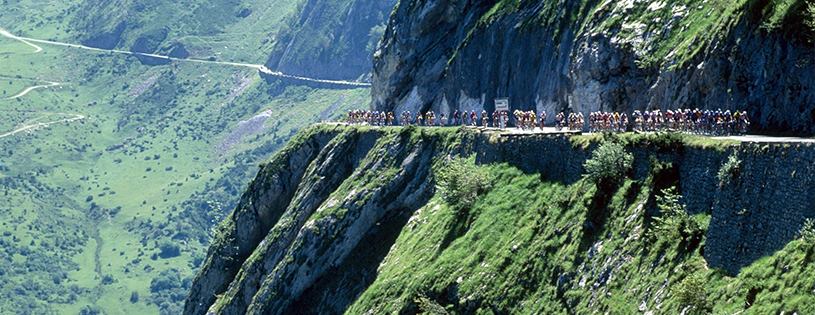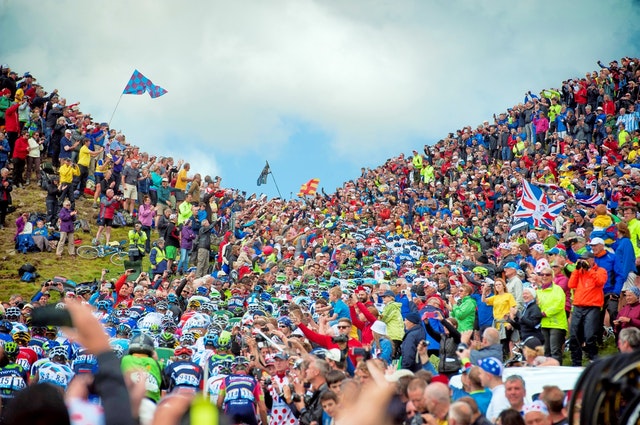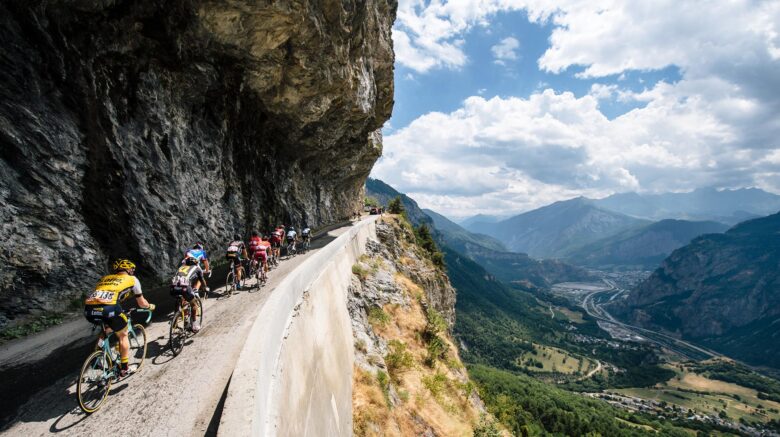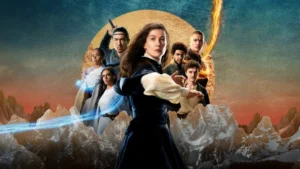Want to take a three week tour of France? Yeah, that’s not happening anytime soon. However – redemption – Le Tour de France has just started and it’s the closest you’ll likely get for some time. This 3,484km cycling race takes place over 23 days, with the 2020 route starting in Nice and ending in Paris. I’ve been watching for the past few years, and it’s become one of my favourite sporting events.
You’re bound to fall in amour with it for a few reasons:
The scenery
I’ve seen parts of France I didn’t know existed (aka NOT Paris) thanks to Le Tour de France. You’ll basically be writing a travel book as you watch. Roll through quaint villages in the rural countryside, soar up high into the mountains of the Pyrenees and Alps, and down into warm, inviting waters of the Mediterranean. Enjoy sweeping aerial views from the race helicopter and identify some killer spots to visit for whenever travelling is a thing we can do again.

The strategy
Bike racing is a highly strategic sport – and one that’s very entertaining to watch once you know a bit about the team tactics. To start, nobody rides the Tour de France as an individual. Each racer belongs to a team of eight riders – one of which is the “team leader.” This team leader is the one they are all rallying around to win the overall General Classification (GC) by completing the route in the least amount of time. The other riders are considered “domestiques” – it’s their role to protect the team leader by creating an aerodynamic slipstream for them to ride in, setting the pace, and even ferrying up water for them from team cars. Watch the mountain stages for the most cat-and-mouse strategy, as team leaders try to break away from the field, and get time gaps on their fellow GC competitors.

The athleticism
Riding up to 200 kilometres competitively each day makes for some of the fittest athletes on Earth. In fact, even on “rest days”, these athletes choose to ride so that their muscles don’t seize up. Unlike most sports, which take breaks between events, these athletes perform almost every day for three weeks straight. The mountain stages are typically where the overall winner emerges, with the cyclists taking on mile-after-mile of steep gradients over consecutive days. In fact, the “bulkier” sprinters (who are gunning for the “Green Jersey” for best sprinter) often have a job to simply survive these stages in the required time. You’ll feel your legs burning just watching.
The nail-biting finishes
The power of the peloton (the main “platoon” of riders), is simply spellbinding. It’s astonishing the number of times I’ve seen a breakaway group of 3-4 riders caught within the last few metres of the finish. Riding in a peloton, and getting “drag” behind other riders can make it ~70% easier to ride, since you get only a small fraction of the air resistance facing riders at the front. The peloton typically times it perfectly to swallow up any breakaway groups just before the finish. Plus, watch as a team’s “lead out train” peels off one-by-one, giving their sprinter the maximum amount of time in their slipstream before they gun it alone to the finish line.
The spectators
Finally – the spectators. Namely, Didi Senft (better known as “El Diablo”), who dresses as the Devil and chases after the cyclists with a trident. The mountain stages are notorious for having spectators run into the path of the cyclists, sometimes to the point of disrupting the leaders and changing the overall winner. Each town also makes creative, aerial art displays that are viewed from the helicopter, and you really get sense of the celebratory atmosphere surrounding the towns it passes through.

Le Tour de France is available to watch on the FloBikes app (or NBC on the weekends.) Or, you can watch the highlights here.



